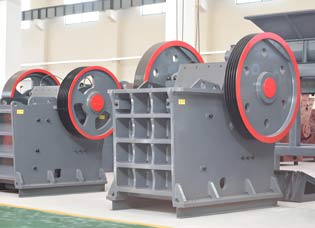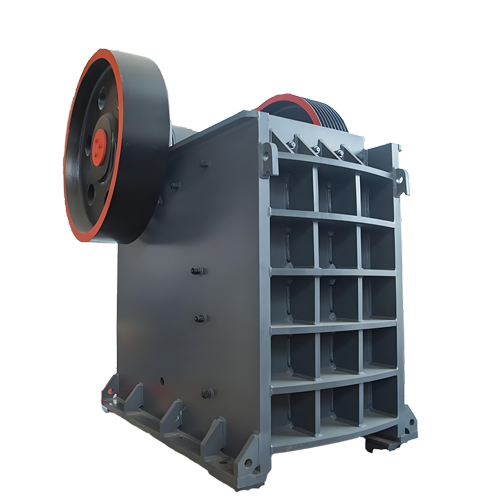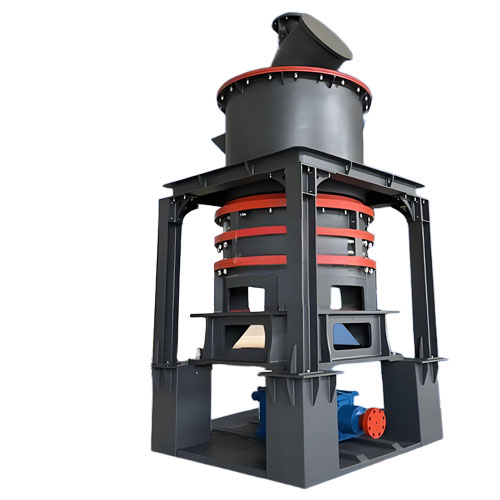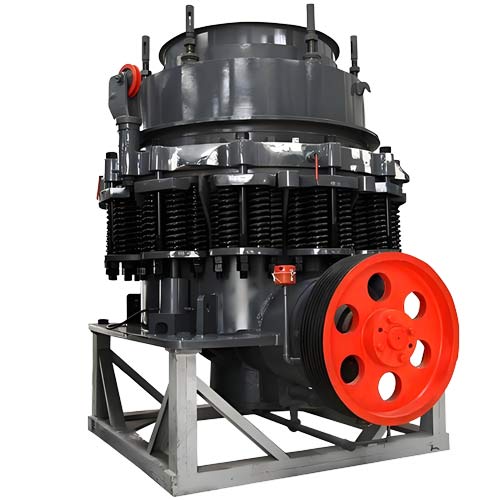Analysis of the production process of active heavy calcium
The production of activated calcium carbonate starts with high-purity ore and goes through fine processes such as crushing, grinding, and modification to ultimately obtain a highly dispersed product. It is widely used in plastics, rubber and other fields to improve the performance of downstream products.
Activated calcium carbonate (Calcium carbonate) is an important chemical raw material, widely used in plastics, rubber, coatings, papermaking, and other fields. Its production process involves multiple steps, including raw material selection, crushing and grinding, modification, packaging, and storage. The following is a detailed analysis of the production process of activated calcium carbonate:
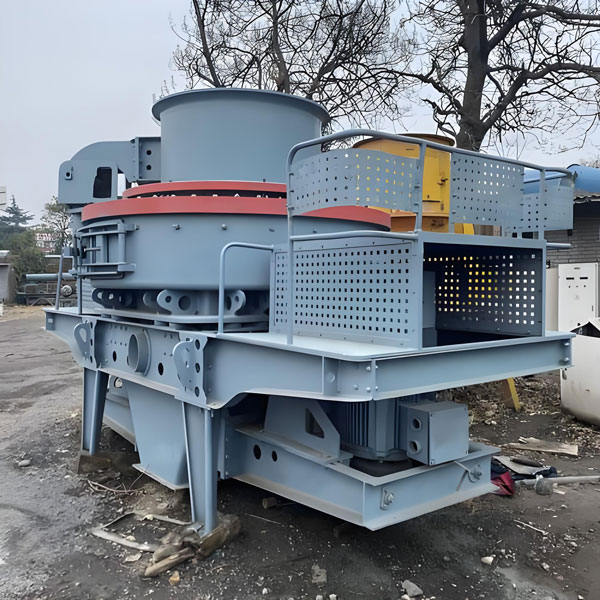
Raw material selection and pretreatment
1. Raw material type: The main raw materials are calcium carbonate ores, such as calcite, marble, chalk, etc. The raw materials must be high-purity and low in impurities (such as low content of lead, manganese, silicon, and iron) to ensure product quality.
2. Pretreatment: Remove impurities such as red skin and red veins on the surface of the ore, and remove dirt and other contaminants through water washing to ensure the cleanliness of the raw materials.
Crushing and Grinding
1. Coarse crushing stage: Use jaw crusher or frequency crusher to crush the raw materials preliminarily to obtain stones of appropriate particle size.
2. Fine grinding stage:
○ Equipment: Use a Raymond mill (GK Raymond mill), vertical mill (such as GKLM vertical mill) or ball mill + classifier to grind the stones to the required fineness (such as 200 mesh, 320 mesh, 400 mesh, etc.).
○ Key control points: Grinding time and temperature must be strictly controlled to avoid overheating that affects quality and ensure uniform particle size distribution.
Modification treatment (core step)
Modification treatment aims to improve the dispersibility, stability and compatibility of calcium carbonate through surfactants, which can be divided into dry and wet methods:
1. Dry modification:
○ Steps: Heat the ground calcium carbonate powder to 100-120℃, add modifiers such as fatty acids, titanates, silanes, etc. by spraying or dropping, and evenly coat the particle surface through high-speed mixing equipment. After cooling, the modification is completed.
○ Advantages: simple process, low energy consumption, suitable for some application fields.
2. Wet modification:
○ Steps: Disperse calcium carbonate powder in water to form a suspension, add a modifier and control the temperature and pH value to react to form an organic film; after the reaction, filter and dry (such as rotary flash drying).
○ Advantages: The modification effect is more uniform and suitable for high-end products (such as ultra-fine particle size requirements).
3. Modifier selection: Select the type of modifier based on the product application (such as fatty acid salts to improve hydrophobicity), and the amount added must be precisely controlled.
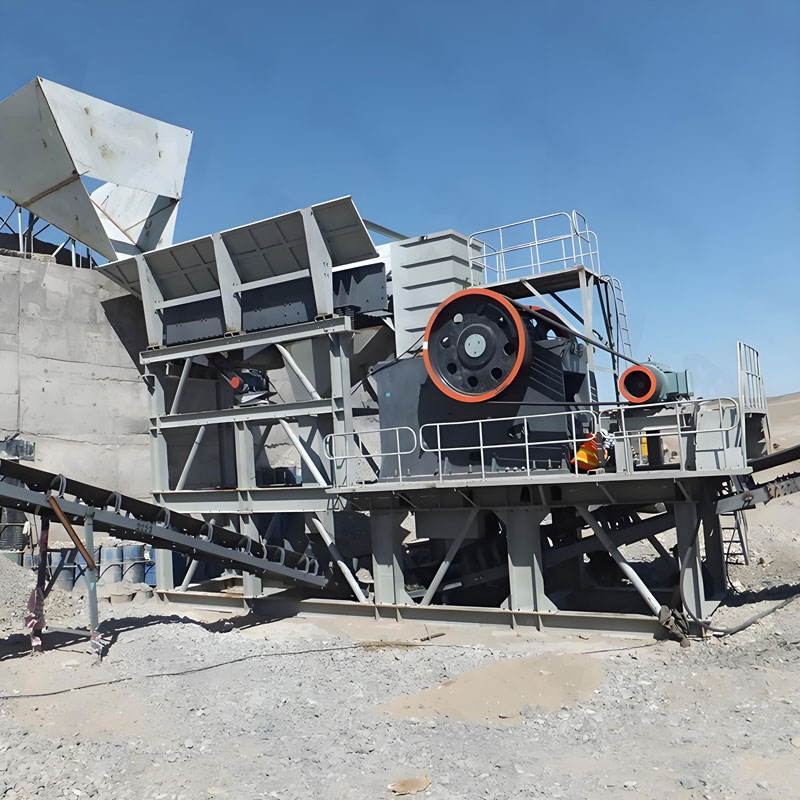
Classification and post-processing
1. Crushing and grading: The modified material is further refined by a jet mill or mechanical pulverizer, and the grading equipment selects products that meet the particle size requirements (e.g. more than 90% <10μm or <2μm).
2. Morphological processing: Made into slurry, paste or powder products according to needs, which may involve processes such as filter pressing and drying.
Packaging and storage
1. Packaging: Use moisture-proof and corrosion-resistant materials (such as plastic bags, ton bags) to prevent moisture and contamination.
2. Storage conditions: Store in a dry and ventilated environment, avoid high temperature and direct sunlight to ensure product stability.
Quality Control and Precautions
1. Raw material quality: Strictly test the purity and particle size of calcium carbonate to avoid impurities affecting product performance.
2. Equipment maintenance: Regularly maintain grinding and modification equipment to ensure stable operation.
3. Process monitoring: Real-time monitoring of process parameters (temperature, mixing ratio, pH value, etc.) in each link and timely adjustment.
4. Safety and environmental protection: Handle dust and chemicals, strengthen environmental protection measures, and ensure production safety.
Product Features and Applications
Activated calcium carbonate, through surface modification, achieves hydrophobicity and high dispersibility, allowing it to replace some expensive raw materials and improve the performance of downstream products (such as the toughness of plastics and the hiding power of coatings). Its high added value meets the needs of the high-end market.
Related Products
Inquiry
Please leave us your requirements, we will contact you soon.


